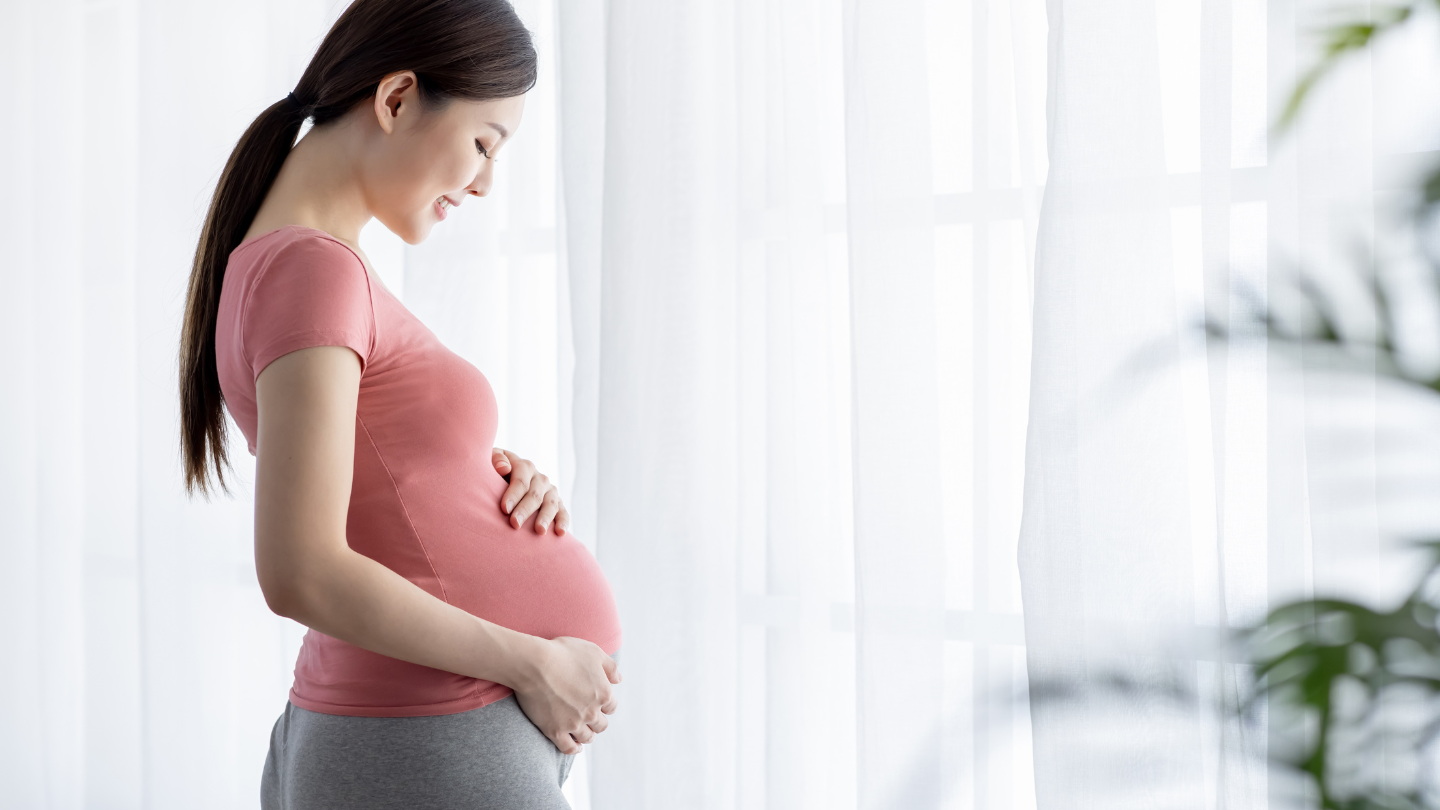What is urinary incontinence?
Urinary incontinence is the inability to control urination, causing a person to pass urine when they do not want to. It can occur for a variety of reasons, such as weakened pelvic floor muscles, neurological issues, or problems with bladder function. To better understand the underlying cause, your healthcare provider may recommend a bladder ultrasound, a simple imaging test that helps assess bladder health and function by measuring how well your bladder stores and empties urine.
Is urinary incontinence common?
Urinary incontinence is a very common problem that affects both women and men. It includes symptoms such as leaking urine when you cough or sneeze, as well as experiencing a strong urge to urinate where you may not reach the toilet in time.
What are the types of urinary incontinence?
There are five types of urinary incontinence:
1) Stress incontinence
Urine leaks when you exert pressure on your bladder by coughing, sneezing, laughing, exercising or lifting something heavy. It is usually due to weakened pelvic floor muscles or tissues.
2) Urge incontinence
You have a sudden, intense urge to urinate followed by involuntary passing urine. Some people may pass urine more frequently than usual, even at night.
3) Overflow incontinence
You experience frequent or constant dribbling of urine due to a bladder that does not empty completely.
4) Functional incontinence
A physical or mental impairment prevents a person from reaching the toilet in time.
5) Mixed incontinence
You may have more than one type of urinary incontinence, most commonly a mix of stress and urge incontinence.
What causes urinary incontinence?
1) Stress incontinence
Stress incontinence is caused by weakened pelvic floor muscles due to:
Pregnancy and childbirth

- Being overweight or obese
- Neurological conditions
- Certain medications
2) Urge incontinence
Urge incontinence is also known as ‘overactive bladder’.
- Ageing
- Damage to bladder’s nerves
- Neurological conditions such as multiple sclerosis, diabetes mellitus, Parkinson’s disease, or stroke
- Muscle damage
3) Overflow incontinence
Overflow incontinence results from the inability to empty the bladder completely, leading to involuntary urine leakage. Causes include:
- Conditions that block urine flow, such as benign prostatic hypertrophy (BPH), prostate cancer, or urethral stricture
- Weak bladder muscles
- Neurological damage
4) Functional incontinence
Functional incontinence is usually caused by:
- Physical impairment (arthritis)
- Mental impairment (dementia)
What are the risk factors for urinary incontinence?
Ageing
Urinary incontinence becomes more common after middle age and is frequently seen in people over 80.
Family history of urinary incontinence
You are more likely to develop urinary incontinence if family members have it.
Other lower urinary tract symptoms (LUTS)
Symptoms such as hesitancy in starting urination, weak urinary flow, inability to pass urine completely, and increased frequency of urination often coexist with urinary incontinence.
What are the possible complications of urinary incontinence?
Urinary incontinence can lead to long-term complications such as urinary tract infections or kidney problems due to obstruction. It may also affect mental health due to embarrassment and low self-esteem.
How do I know I have urinary incontinence?
It is advisable to seek medical attention soon after noticing a change in your urinary habits. Your doctor may ask about your symptoms and take a detailed medical history. A physical examination will be performed to look for signs of medical problems leading to urinary incontinence. You may also be required to keep a diary of your urination patterns for a week.

What are the diagnostic approaches for urinary incontinence?
Urinalysis
Urine will be collected to check for signs of infection or other causes of incontinence.
Bladder stress test
You will need to bear down or cough during this test to determine the loss of urine.
Ultrasound
An imaging test to check on your kidneys, bladder, and urethra.
Cystoscopy
A thin tube with a camera is inserted into the urethra to look inside the urethra and bladder.
Urodynamics
A thin tube is placed into your bladder and filled with water to measure bladder pressure.
How is urinary incontinence treated?
There are various treatments for urinary incontinence. It is best to consult your doctor to determine the most suitable option for you.
1) Non-surgical treatments
Lifestyle changes
Medications for bladder control
Devices such as pessaries
Nerve stimulation
Catheterisation
2) Surgical treatments
Urethral slings
A thin strip of human tissue is used to create a sling under the urethra to provide support and prevent leakage.
Colposuspension
This procedure moves the bladder neck from an intrapelvic to an intraabdominal position to restore continence by transferring pressure to the proximal urethra and bladder neck.
Additional Support
If you have any concerns about urinary incontinence, feel free to reach out to Thomson Medical. Our team is here to assist you with any questions and provide the support you need.
For more information, contact us:
Thomson Specialists (Women's Health)
Thomson Women's Clinic (TWC)
- Novena:
6592 6686 (Call), 8611 8986 (WA) - Bukit Batok:
6569 0668 (Call), 8686 3525 (WA) - Choa Chu Kang:
6893 1227 (Call), 8282 1796 (WA) Jurong:
6262 8588 (Call), 6262 8588 (WA)- Katong (female doctor):
6970 2272 (Call), 8611 9020 (WA) - Punggol:
6243 6843 (Call), 8811 0328 (WA) - Sembawang: 6753 5228
- Sengkang: 6388 8125
- Serangoon (female doctor): 6382 3313
- Tampines: 6857 6266
- Tiong Bahru: 6276 1525
